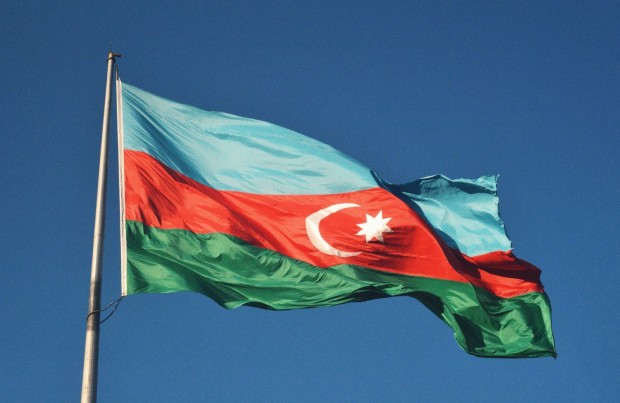
(Photo: Hikmat Gafarzada on Unsplash)
In ancient times, the silk rounds wound their way across Asia, the middle east, east Africa and Europe. On these roads, valuable goods were transported across the globe, establishing the most prominent trade routes on earth.
One of these routes ran through the central Asian nation of Azerbaijan and the mountainous city of Sheki. Here there was a confluence of ideas, cultures, traditions, and tradable goods, having a significant impact on the current Azeri way of life.
In 2019, Sheki was the newest addition to Azerbaijan's list of UNESCO world heritage sites thanks to its safeguarding of traditional arts and folklore. It is cited as a "Creative City of Crafts and Folk Art" and also features fantastically preserved architecture and marvellous natural surroundings.
Visa Policy for Azerbaijan
Azerbaijan has a simple visa process and offers visa-free entry to 12 countries including Russia, Belarus, Iran, and Georgia.
Most other countries can complete an easy online visa application. The Azerbaijan Travel visa for Germans, Americans, South Africans, and 92 other countries allows visitors to stay for 90 days.
The visa takes 3 days to process and costs $20 with an additional $5 processing fee.
Where is Sheki?
Sheki is located around 300km from the capital of Baku and can only be reached by road or rail. The distance might not seem far but the road is windy and difficult and can take anywhere between 4-6.5 hours to complete.
The overnight train leaves shortly before midnight and arrives around 6:30 the following morning while buses leave from Baku four times per day.
The fastest way to travel is with a private taxi or car that takes around 4 hours but is about three times as expensive as the traditional Marshrutka vans.
Top thing to see in Sheki
This city is filled with ancient marvels and charming cultural experiences. These are the top things to see in Azerbaijan's Silk Road city, Sheki.
Sheki khans' summer palace
This modestly sized building is one of the main attractions recognized by UNESCO in the old city. It was the summer home for the ruling family of Sheki and was built in the mid-1700s.
The outside façade of the building is adorned with painstakingly restored artwork and details that make it an artwork on its own. Inside you can marvel at the art depicting Azeri folklore, created by master craftsmen of the area.
Winter Palace
Just outside the fortified walls of the city is an equally spectacular palace used in the winter months by the ruling family.
The intricately painted walls and stained-glass windows are a captivating site so take your time to marvel at the miniature paintings and story murals.
The Silk Road Caravanserai
This unmissable stone construction was once used as sleeping chambers for traders on the silk road but has since been renovated as accommodation for tourists.
Whether you choose to stay in the lofty building or simply pop in for a peak, the profound historic value of the building is palpable and well worth a visit.
Shebeke Glass Workshop
When visiting Sheki it is important to take time to appreciate the masterful crafts that have put the city on the map. The Shebeke workshop on the Summer Palace's grounds should be your first stop.
Shebeke is a special way of constructing stained glass windows where no nails or glue is used in the fastening of the glass pieces. Instead, they fit together like puzzle pieces to create a magical kaleidoscopic creation.
Sheki's Museum for Applied and Folk Art
Once you start exploring the craft heritage of Sheki, you will only want more. The Museum of Applied and Folk Art is a small collection inside the picturesque Thee Saints Church.
Marvel at a number of handcrafted textiles, sculptures, paintings, and glassworks that showcase the masterful work that is produced in Sheki.
The Sheki Silk Factory
What would a visit to the Silk Road be without a trip to an actual silk factory? A few minutes outside of the city you can visit an authentic silk factory where this coveted textile is produced.
This city has garnered the nickname 'Caucasian Lyon', nicknamed after the French city that is also celebrated for its quality silk production.
Eat Local Food
The most popular dish in the region is Piti, and eating this aromatic dish is an experience in and of itself. Piti is a hearty chicken or veal stew served in a quaint clay pot.
Break your bread into chunks and place it in your bowl and continue to pour the broth from the stew over the bread. This delectable mixture will act as an appetizer.
You will then proceed to grind up the remaining meat with a wooden pestle to make a tender second course. For dessert, get your hands on some halva (Azeri baklava) a sticky treat of syrup-drenched through slices of pastry and hazelnut.
This article is copyrighted by Travelers Today, the travel news leader
* This is a contributed article and this content does not necessarily represent the views of travelerstoday.com



